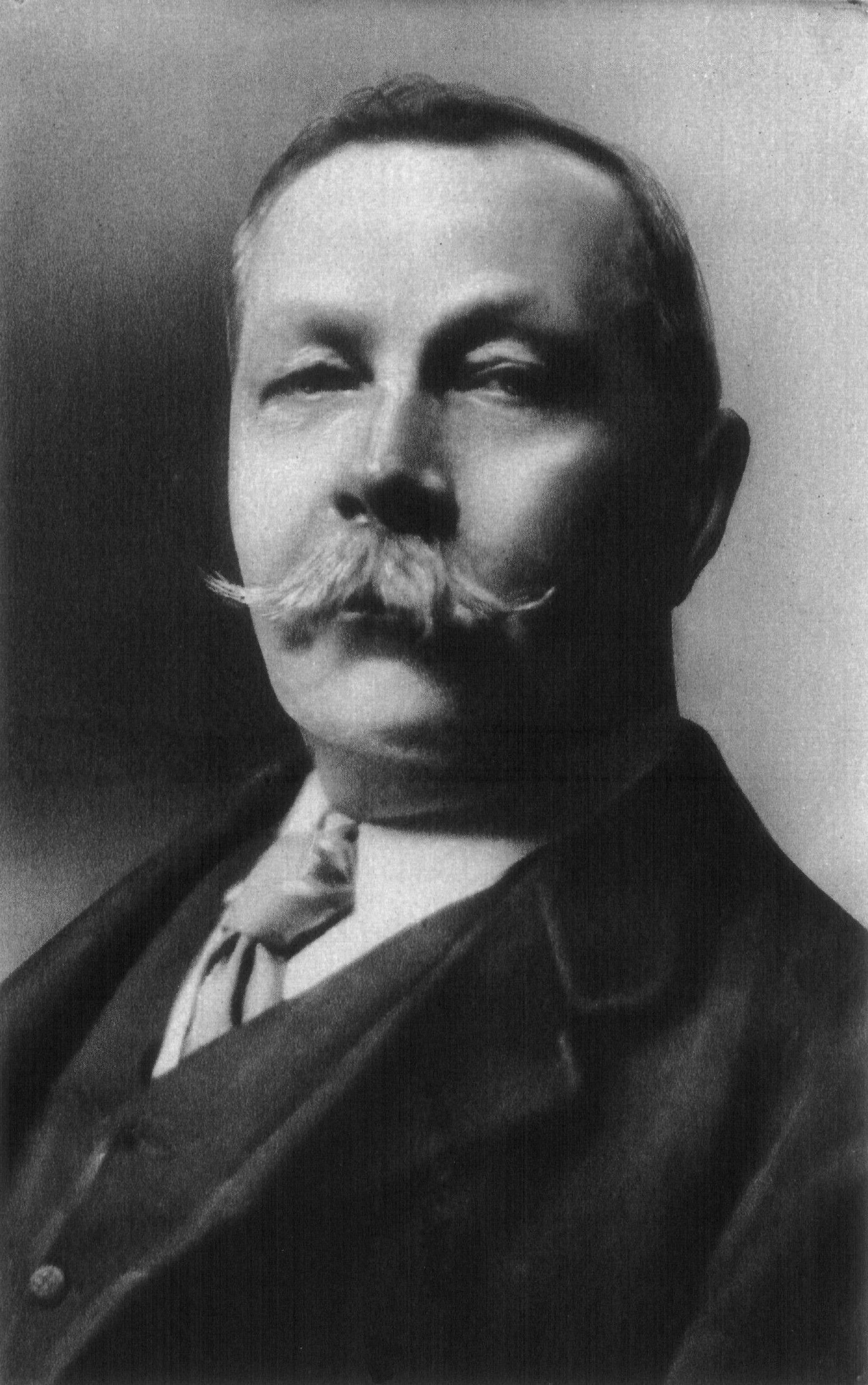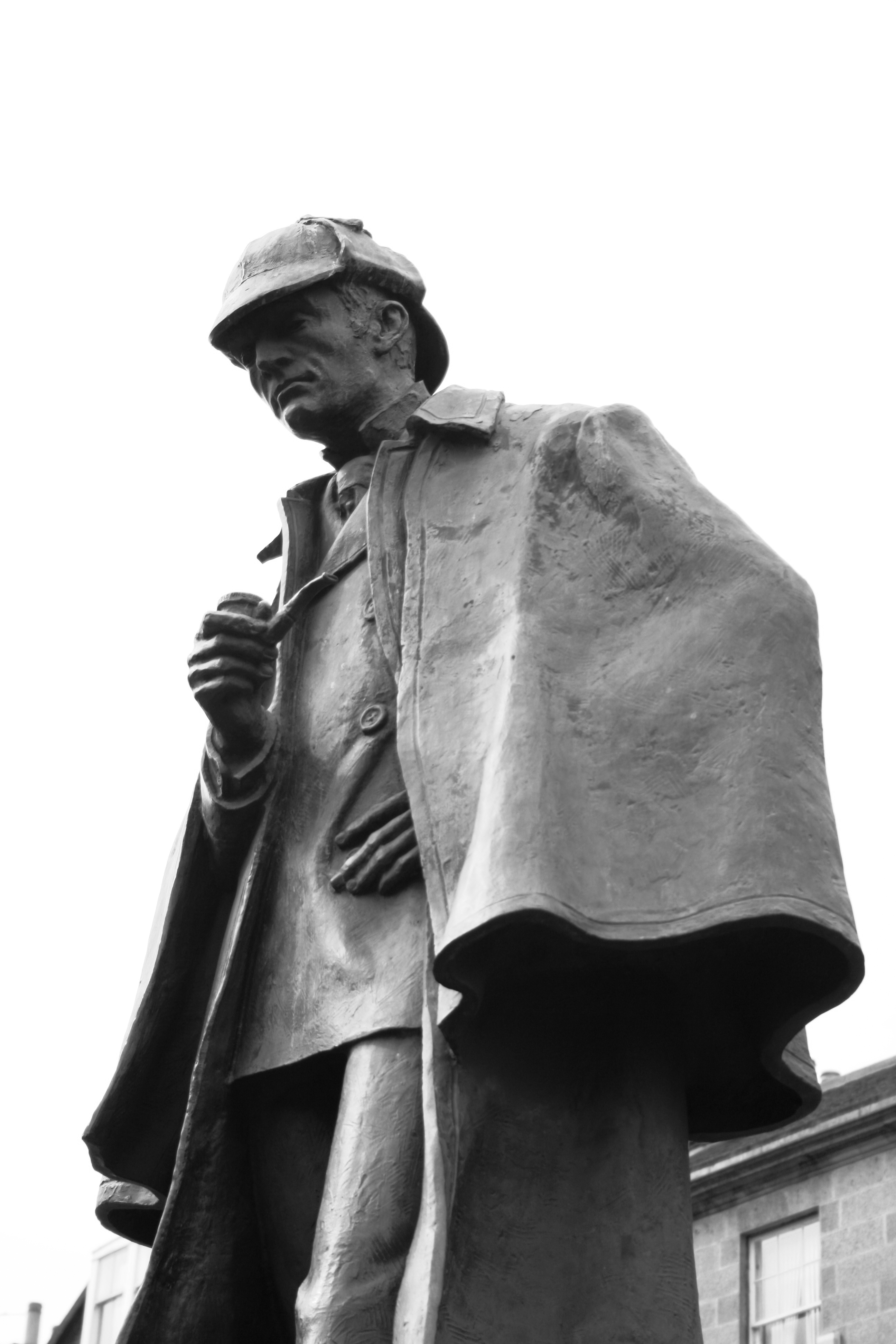 |
| Screenshot from GoldieBlox's website |
A
progressively-themed company that makes and sells toys that will supposedly help young girls
overcome gender stereotypes has become embroiled in a high-profile copyright
litigation with the Beastie Boys. Toy company GoldieBlox says
on its website:
"In
a world where men largely outnumber women in science, technology, engineering
and math...and girls lose interest in these subjects as early as age 8,
GoldieBlox is determined to change the equation. Construction toys
develop an early interest in these subjects, but for over a hundred years,
they've been considered "boys' toys". By designing a
construction toy from the female perspective, we aim to disrupt the pink aisle
and inspire the future generation of female engineers."
In its
recent viral video commercial touting the ingenuity of young girls who build an elaborate
contraption that can change the television channel, GoldieBlox intentionally
utilized the music and parodied the lyrics from the Beastie Boys' song Girls.
The
Beastie Boys were apparently not pleased with GoldieBlox's unauthorized use and sent a cease and desist letter, alleging copyright infringement and demanding that GoldieBlox end its campaign.
Rather than complying with the demands, GoldieBlox
countered by filing a Declaratory Judgment Complaint against
the Beastie Boys in Los Angeles federal district court, asserting that its
usage was parody and fully protected by the First Amendment.
Given the Beastie Boys' recent unhappy experience with copyright litigation, one suspects that GoldieBlox's executives were well aware that this dispute would erupt, and intentionally developed a strategy inducing litigation to fuel its viral campaign to garner "free" publicity. Whether the gambit works or not is yet to be seen.
Legally, the
controlling analysis here is the Supreme Court's decision in 1994 in Campbell v. Acuff-Rose Music, Inc., interpreting the
"fair use" defense to musical parodies used in a commercial context.
In that
case, the members of the rap music group 2 Live Crew had created a parody of Roy Orbison's iconic "Pretty Woman," called "Big Hairy Woman." Roy
Orbison's estate sued the rap group, alleging that the group's use was not fair or protected free speech, but was an unprotected commercial use.
After years of litigation, the
Supreme Court ultimately held that 2 Live Crew's commercial parody may very well be
a fair use within the meaning of § 107 of the U.S. Copyright Act, which
states:
"In
determining whether the use made of a work in any particular case is a fair use
the factors to be considered shall include—
(1) the
purpose and character of the use, including whether such use is of a commercial
nature or is for nonprofit educational purposes;
(2) the nature of the
copyrighted work;
(3) the amount and substantiality of the portion used in
relation to the copyrighted work as a whole; and
(4) the
effect of the use upon the potential market for or value of the copyrighted
work."
On appeal, the
Supreme Court found the aforementioned four factors must each be applied to every situation on a case by case basis, and that the fact that the parody was used in a commercial context alone was not dispositive.
When
looking at the purpose and character of 2 Live Crew's use, the Supreme Court found that
the more transformative the new work, the less will be the significance of the
other three factors. The court found that, in any event, a work's commercial
nature is only one element of the first factor enquiry into its purpose and
character.
Justice
Souter, writing for the majority of the Court, then moved onto the second § 107 factor, "the nature of the
copyrighted work", finding it has little merit in resolving this and other
parody cases, since the artistic value of parodies is often found in their
ability to invariably copy popular works of the past.
The Court found the third factor integral to the analysis, finding that the Ninth Sixth Circuit Court of
Appeals had erred in holding that, as a matter of law, 2 Live Crew copied "excessively" from the Orbison original.
Justice Souter reasoned that the "amount
and substantiality" of the portion used by 2 Live Crew was reasonable in
relation to the band's purpose in creating a parody of "Pretty Woman".
The majority reasoned "even if 2 Live Crew's copying of the original's
first line of lyrics and characteristic opening bass riff may be said to go to
the original's 'heart,' that heart is what most readily conjures up the song
for parody, and it is the heart at which parody takes aim."
The Supreme
Court then looked to the new work as a whole, finding that 2 Live Crew
thereafter departed markedly from the Orbison lyrics, producing otherwise
distinctive music.
Looking at
the final factor, the Supreme Court found that the Court of Appeals erred in
finding a presumption or inference of market harm.
Parodies in general, the Court said, will rarely
substitute for the original work, since the two works serve different market
functions.
While Acuff-Rose found evidence of a potential
"derivative" rap market in the very fact that 2 Live Crew recorded a
rap parody of "Oh, Pretty Woman" and another rap group sought a
license to record a rap derivative, the Supreme Court found no evidence that a
potential rap market was harmed in any way by 2 Live Crew's parodic rap
version.
In fact, the Supreme Court found that it was unlikely that any artist would
find parody a lucrative derivative market, noting that artists "ask for criticism,
but only want praise."
Applying this same analysis in the newly-filed Beastie Boys case, the courts will need to evaluate each of these same factors to determine if Goldiblox's usage was appropriate or improper.
In the meantime, the GoldieBlox commercial has gone viral, and received nearly 8 million views.



